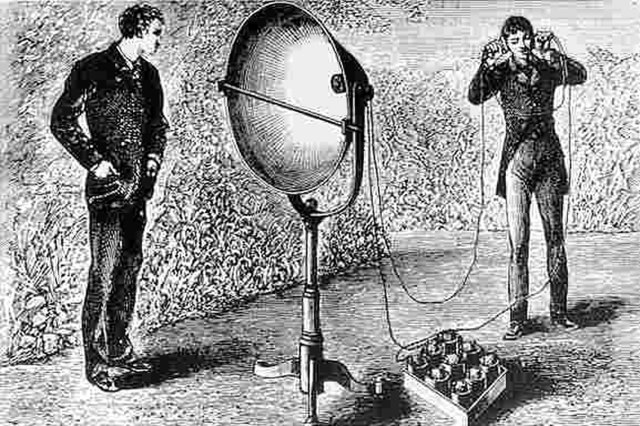Infrared Data Association
The Infrared Data Association (IrDA) is an industry-driven interest group that was founded in 1994 by around 50 companies. IrDA provides specifications for a complete set of protocols for wireless infrared communications, and the name "IrDA" also refers to that set of protocols. The main reason for using the IrDA protocols had been wireless data transfer over the "last one meter" using point-and-shoot principles. Thus, it has been implemented in portable devices such as mobile telephones, laptops, cameras, printers, and medical devices. The main characteristics of this kind of wireless optical communication are physically secure data transfer, line-of-sight (LOS) and very low bit error rate (BER) that makes it very efficient.
Infrared via USB
Free-space optical communication
Free-space optical communication (FSO) is an optical communication technology that uses light propagating in free space to wirelessly transmit data for telecommunications or computer networking. "Free space" means air, outer space, vacuum, or something similar. This contrasts with using solids such as optical fiber cable.
An 8-beam free-space optics laser link, rated for 1 Gbit/s. The receptor is the large lens in the middle, the transmitters the smaller ones. At the top right corner is a monocular for assisting the alignment of the two heads.
A photophone receiver and headset, one half of Bell and Tainter's optical telecommunication system of 1880
WW I German Blinkgerät
DARPA ORCA official concept art created c. 2008





